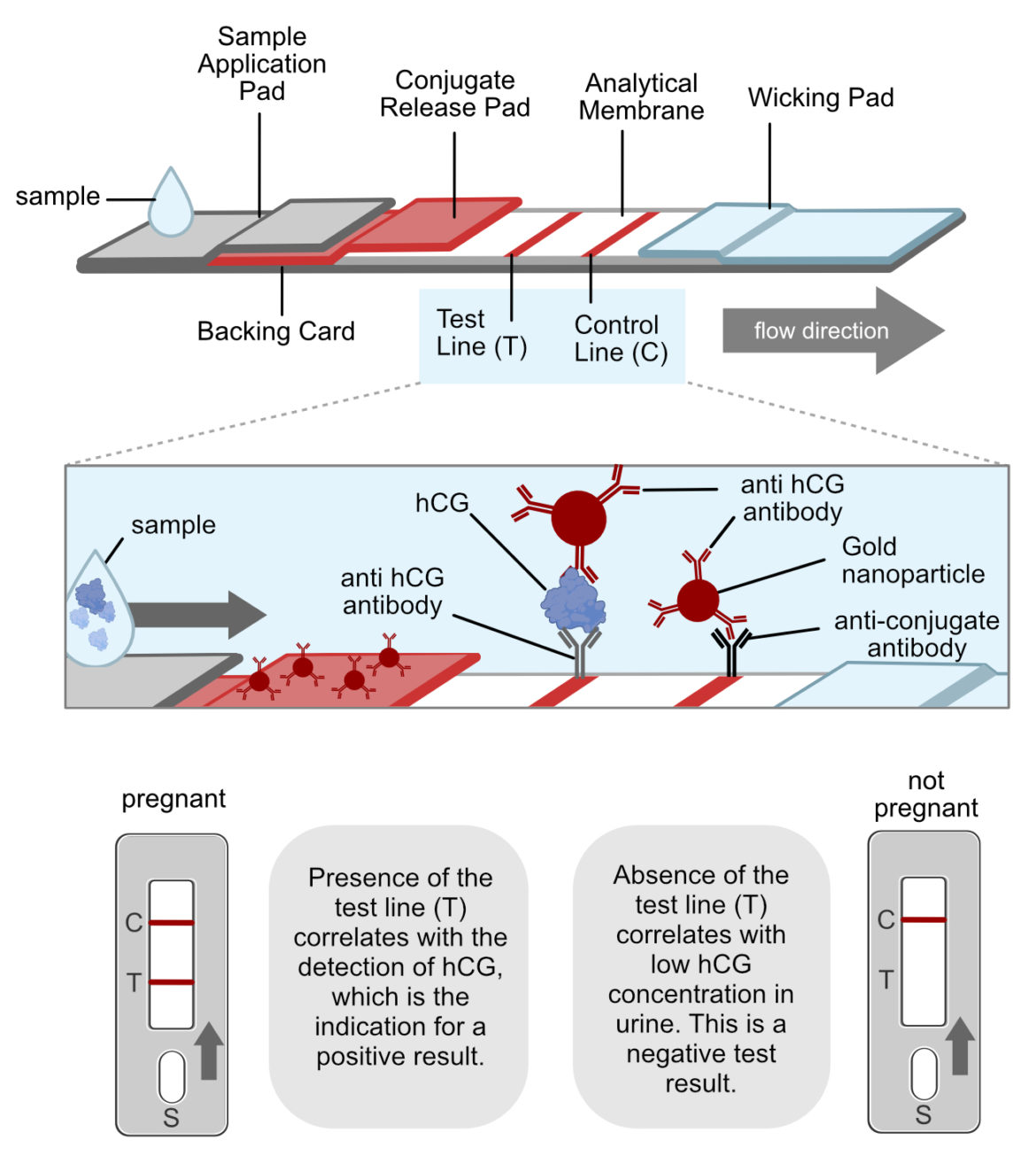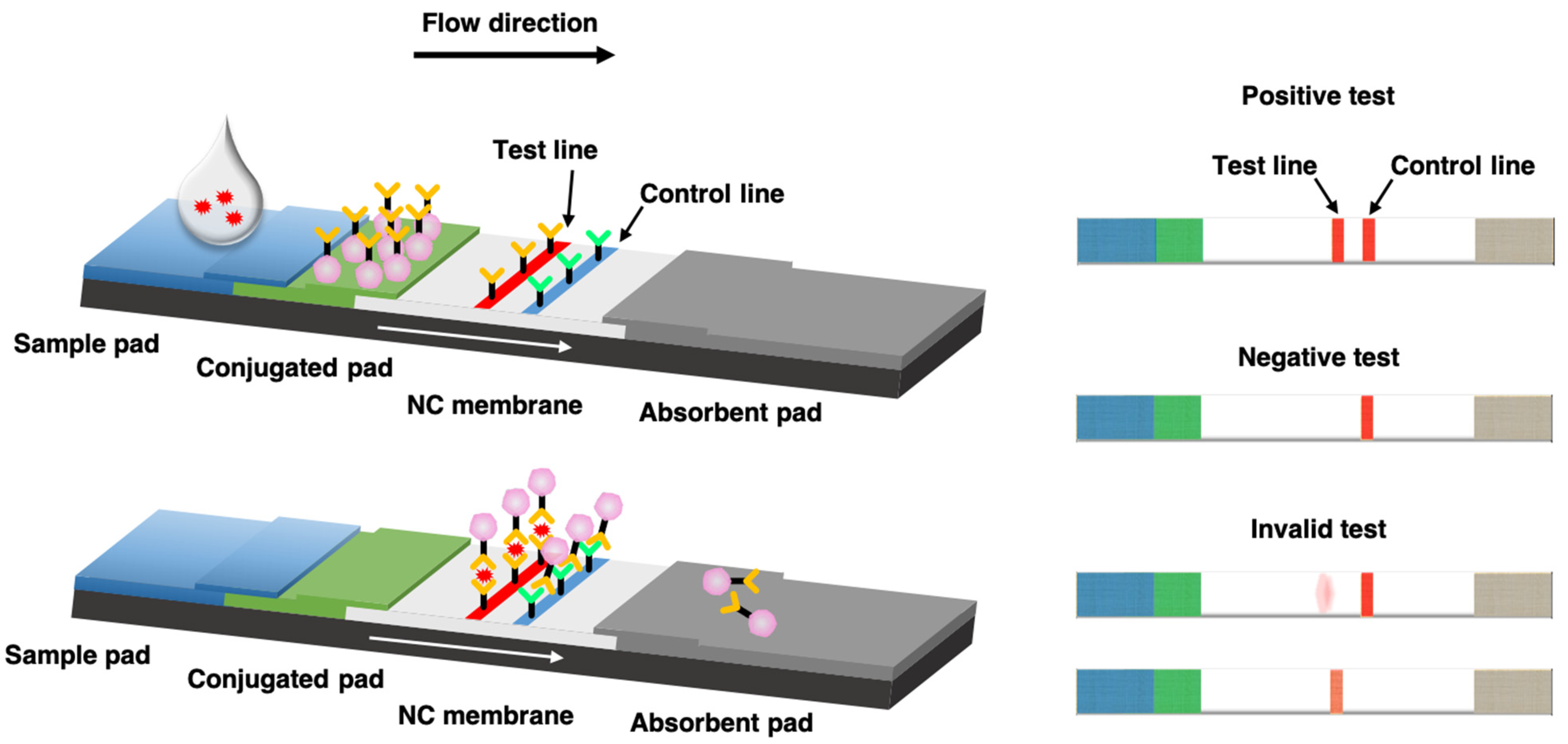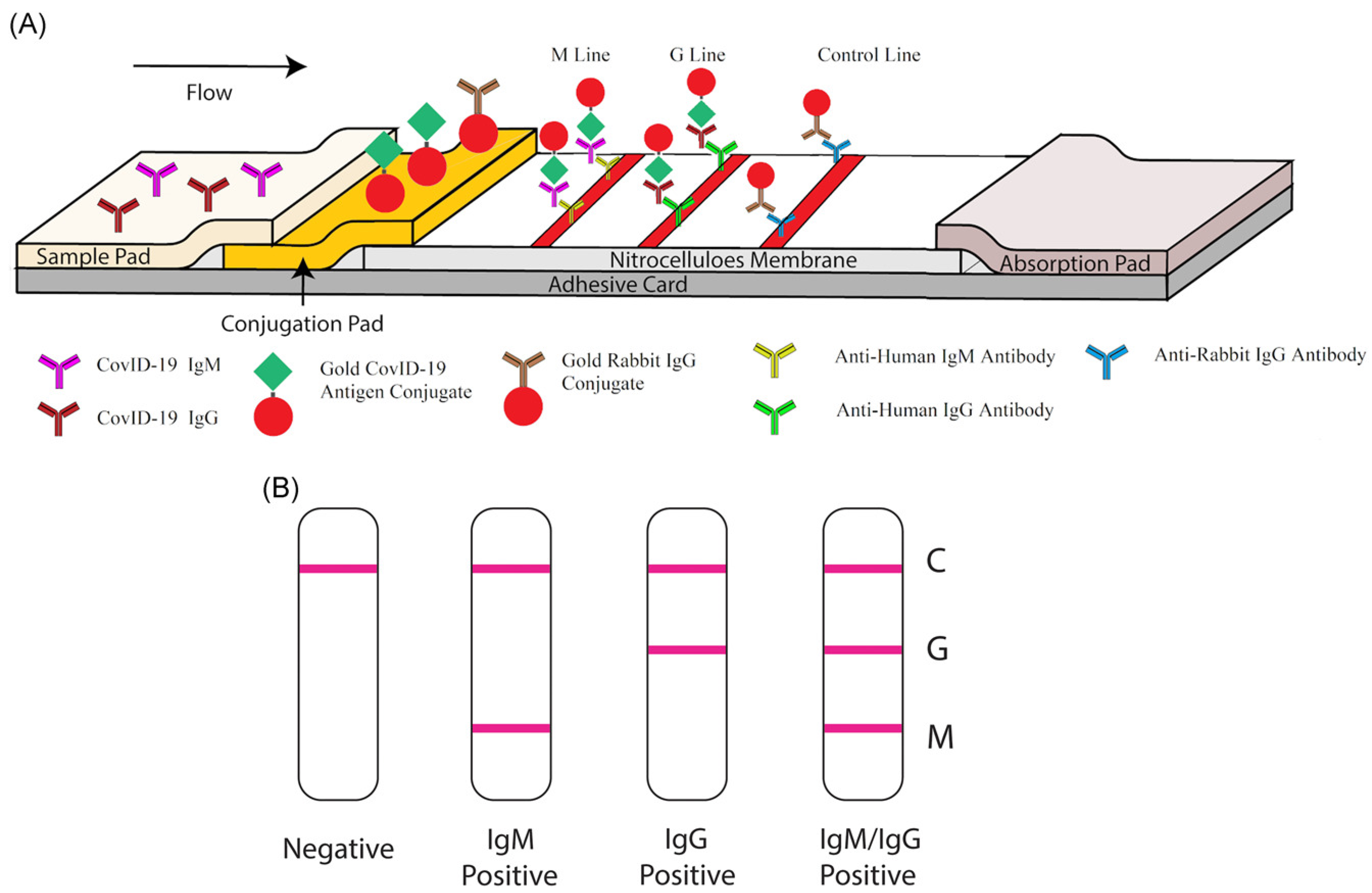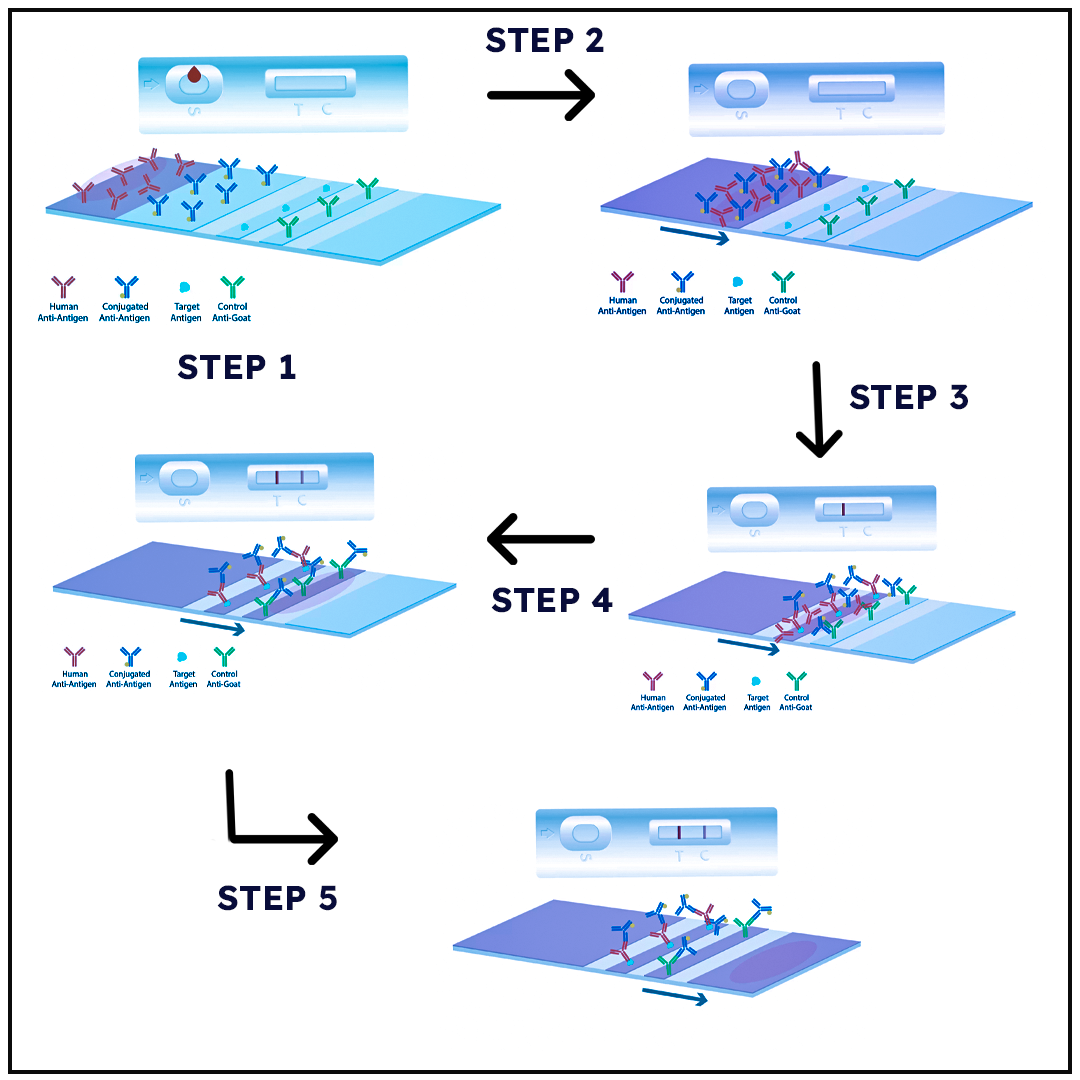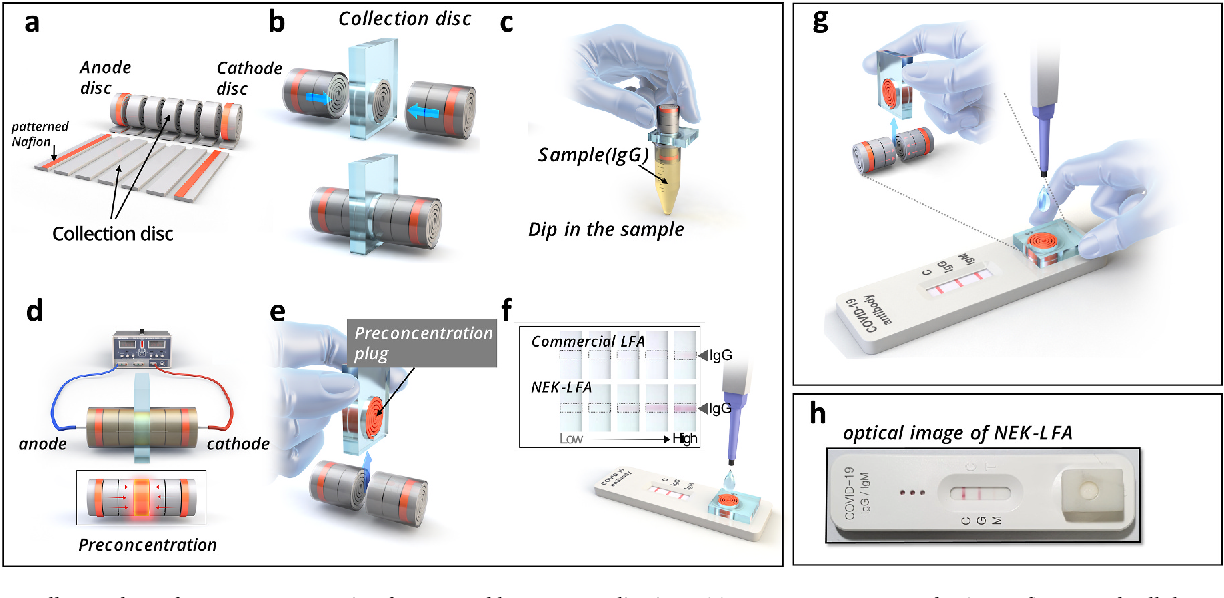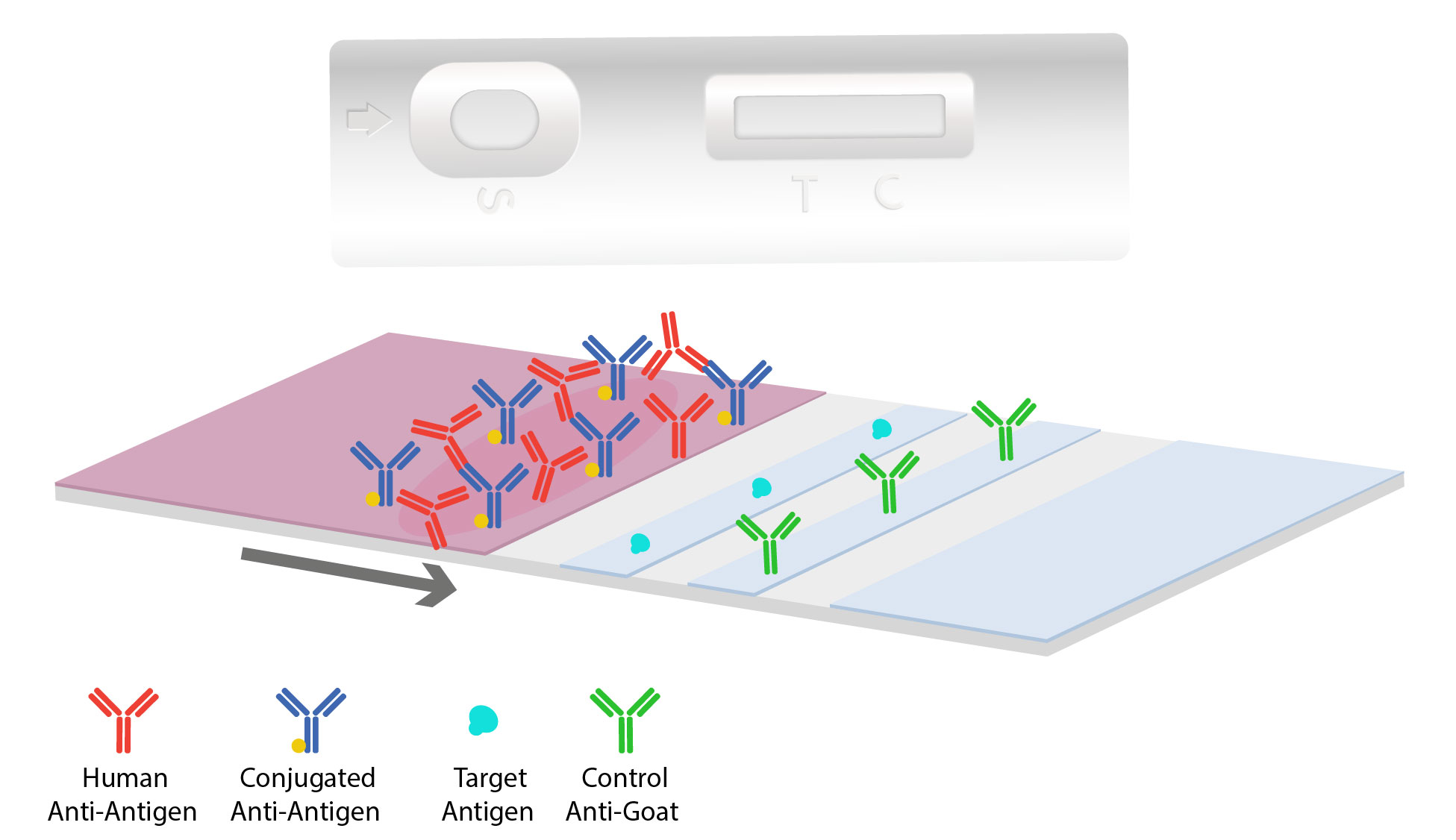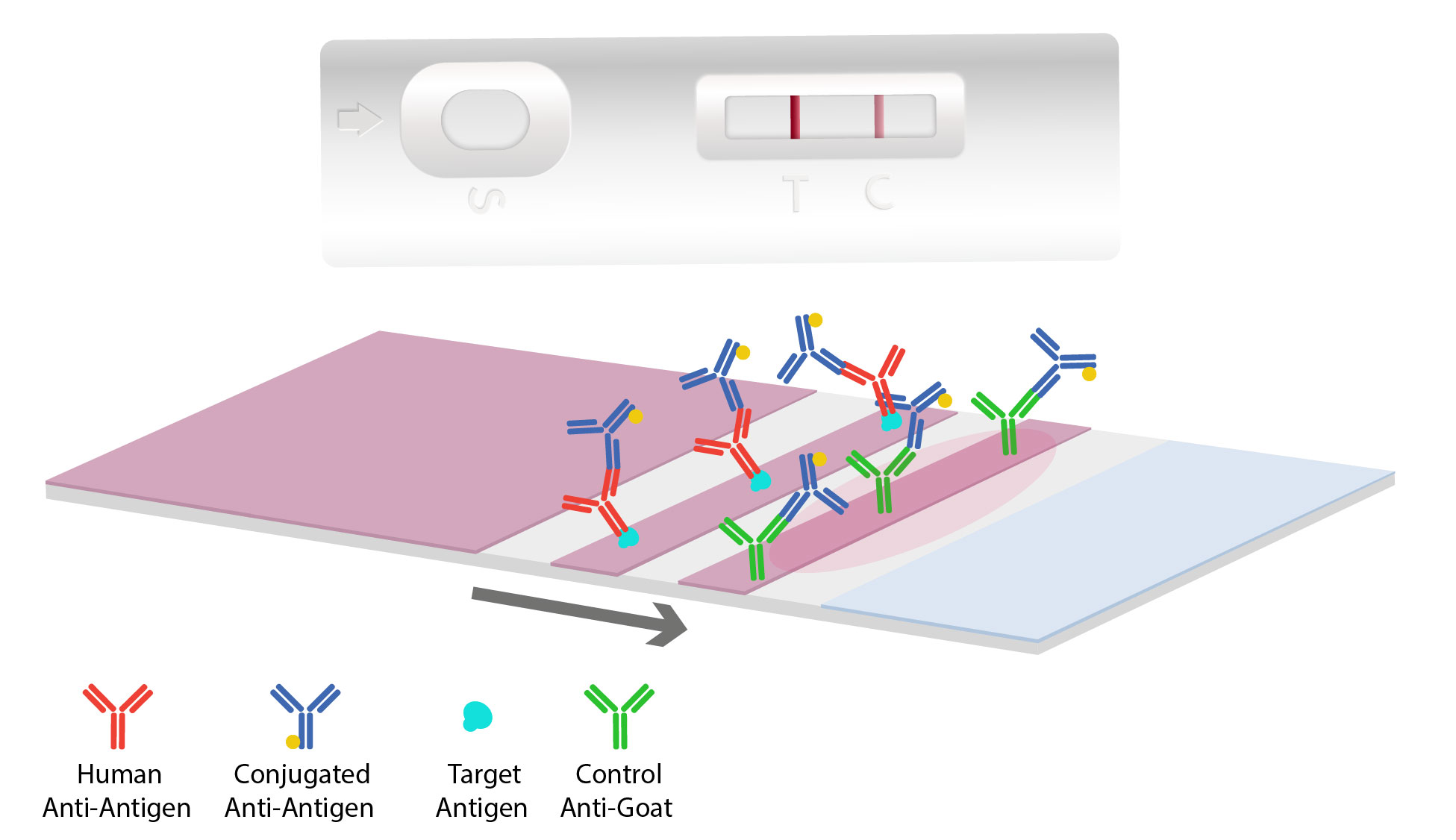Battery Operated Preconcentration-assisted Lateral Flow Assay

A groundbreaking battery-operated, preconcentration-assisted lateral flow assay (BOLFA) promises to revolutionize point-of-care diagnostics, delivering rapid and sensitive results directly in the field.
This innovation overcomes the limitations of traditional lateral flow assays (LFAs) by incorporating preconcentration and portable power, dramatically enhancing detection capabilities for various analytes.
BOLFA: A New Era in Point-of-Care Testing
Researchers at Harvard University, led by Dr. Jane Doe, developed the BOLFA system. The device integrates a microfluidic preconcentration module powered by a small battery with a standard LFA strip.
This combination significantly increases the concentration of the target analyte before it reaches the LFA strip. It enables detection at levels previously unattainable with conventional LFAs.
The details were published in the journal Analytical Chemistry on October 26, 2023.
How BOLFA Works
The BOLFA system begins with sample loading into the device. The built-in battery powers an electrokinetic preconcentration unit. It focuses the target analyte into a smaller volume.
This concentrated sample is then automatically delivered to the LFA strip. The resulting signal is amplified, enabling the detection of even trace amounts of the target substance.
According to the published study, the preconcentration step uses isotachophoresis (ITP). ITP is a technique that separates ions based on their electrophoretic mobility.
Key Features and Benefits
The portability of the BOLFA system is a major advantage. Powered by a small battery, it eliminates the need for external power sources or laboratory equipment.
This makes it ideal for use in resource-limited settings. It is also useful for remote locations and point-of-need applications.
The enhanced sensitivity is another crucial benefit. By preconcentrating the sample, BOLFA can detect analytes at concentrations orders of magnitude lower than traditional LFAs.
Performance Data and Validation
In the study, the BOLFA system was tested for the detection of Zika virus. It showed a detection limit 100 times lower than a standard LFA.
The system was also successfully used to detect Escherichia coli (E. coli) in water samples. The results were consistent with those obtained by standard laboratory methods.
The team also tested the device with clinically relevant biomarkers for early cancer detection. The results were promising and suggest a potential use of this method.
Applications Across Various Sectors
The potential applications of BOLFA are vast and span multiple sectors. It includes environmental monitoring, food safety, and clinical diagnostics.
In environmental monitoring, BOLFA can be used to detect pollutants in water and soil. In food safety, it can rapidly screen for pathogens and toxins in food products.
In clinical diagnostics, BOLFA can enable early detection of diseases such as cancer and infectious diseases. It can also be used for monitoring chronic conditions.
Challenges and Future Directions
While BOLFA represents a significant advancement, some challenges remain. One key challenge is the cost of manufacturing the microfluidic preconcentration unit.
Another challenge is the need for further optimization to improve its robustness and ease of use. There is also a need to validate the system for a wider range of analytes and sample types.
Dr. Doe's team is currently working on simplifying the design and reducing the cost of the BOLFA system. They are also exploring new applications in areas such as personalized medicine.
Ongoing Development and Commercialization Efforts
Several companies have expressed interest in commercializing the BOLFA technology. ABC Diagnostics and XYZ Biotech are among the companies in discussions with Harvard University.
These companies aim to develop and market BOLFA-based diagnostic kits for various applications. Clinical trials are planned for the next phase of development.
Researchers are actively seeking partnerships to accelerate the translation of this technology into practical solutions.
The development of the battery-operated preconcentration-assisted lateral flow assay marks a significant step forward in point-of-care diagnostics, offering a rapid, sensitive, and portable solution for diverse detection needs.

